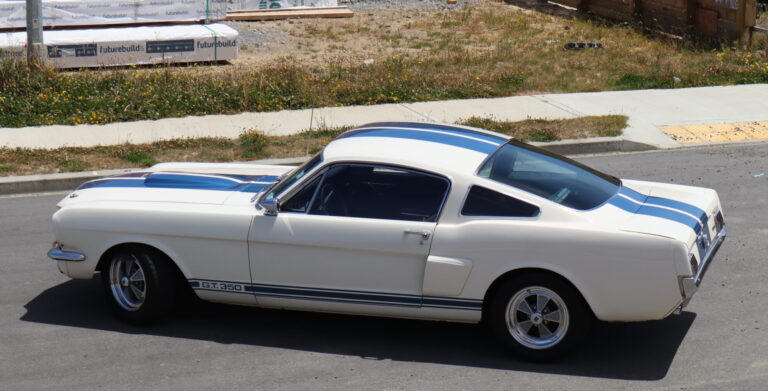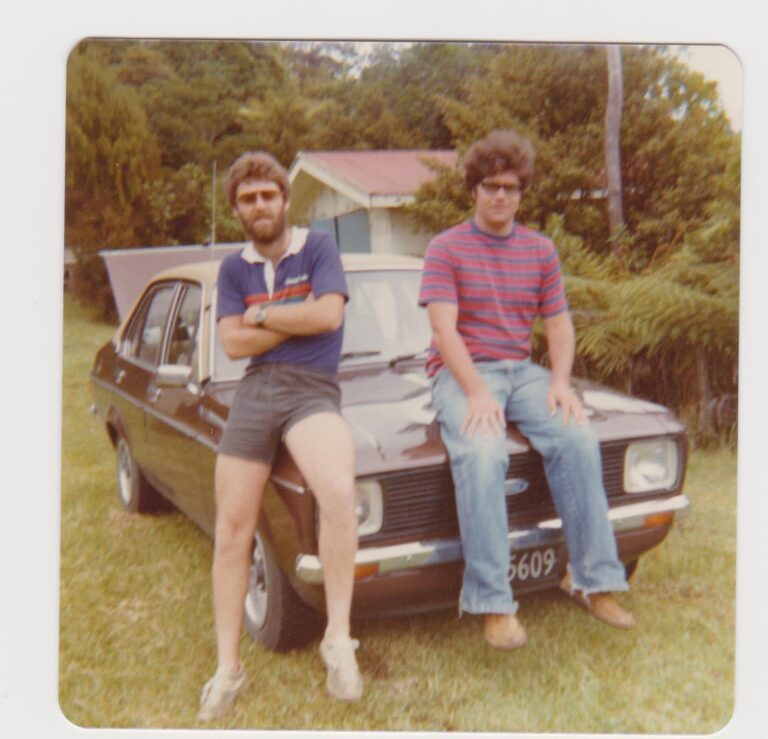It feels like every second story in motoring news is a manufacturer telling us they’ve broken a record at the Nurburgring.
Fastest lap while carrying a ballon as a passenger? That’ll be a press release. Quickest rear wheel drive car with sixteen seats and less than 200 horsepower? That’s a press release, too.
So when we heard a little manufacturer named Volvo had gone ahead and broken the record (at the time) for a road worthy four door car, we were a bit surprised we hadn’t seen the live stream. We were even more surprised to learn the record was broken a year ago, and they didn’t tell anybody. Nothing like breaking the mould. Nice one Volvo (and Polestar!).


